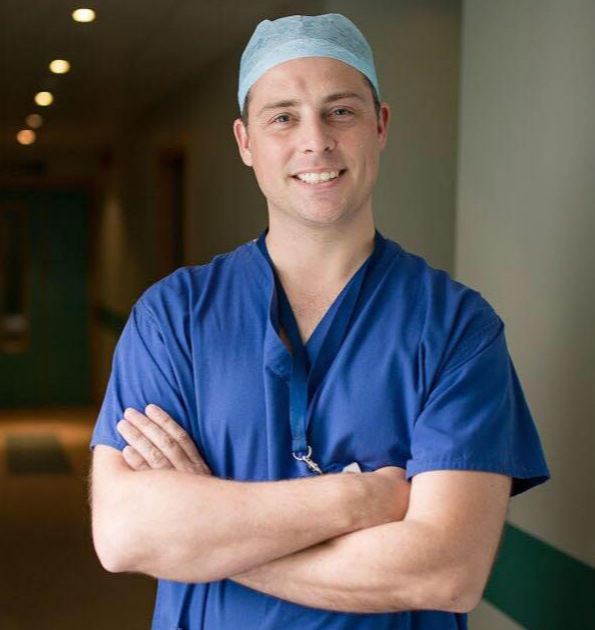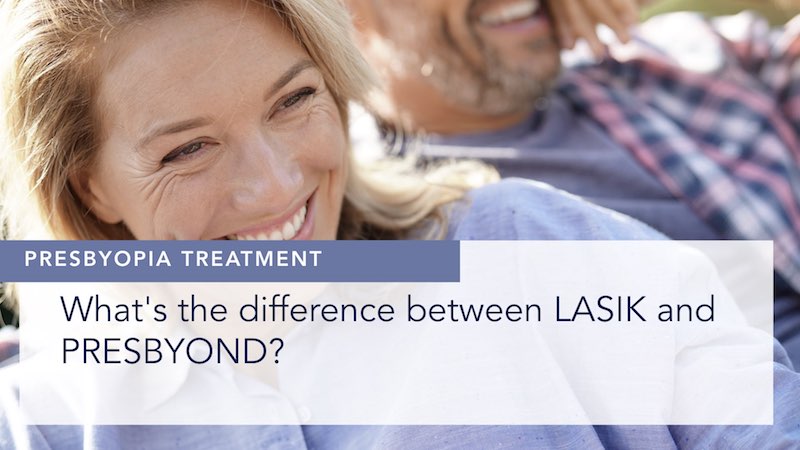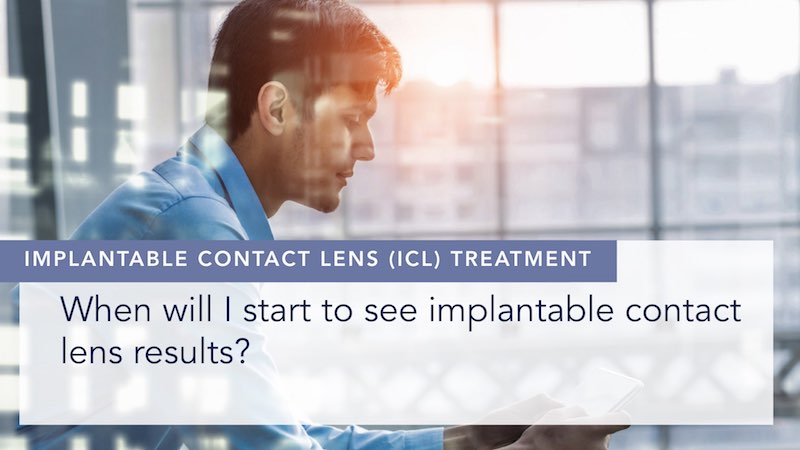Walkthrough:
Alex Shortt walks you through every single room you’ll visit on your lens replacement journey at Optegra.
Hi, my name is Alex Shortt, and I’m a consultant ophthalmic surgeon. Welcome to the Optegra Eye Hospital London, this is where people come to get rid of their contact lenses and their glasses. So come on inside, and we’ll show you around.
This is our reception. When you arrive, you’ll be greeted by one of our receptionists who will give you some paperwork to fill out. Then they will get you to take a seat, and one of our patient liaison specialists will be with you to start your journey.
The patient liasion room
In our patient liaison room, our specialist patient liaisons will meet you and explain to you what happens during your two-hour visit to us for vision correction assessment. The patient liaisons have a key role in the pathway because they’re your point of contact and will pass on any queries or any concerns to me. We’ll be able to answer all the administrative questions and logistical questions that you have regarding your treatment.
Having started your journey with our patient liaison, we now move on to the next step in your pathway, which is your diagnostic tests. I’ll take you through to the diagnostic suite.
The diagnostic suite
In these rooms, we have very specialized equipment. We’re looking at two things. First of all, whether or not you have any evidence of any eye disease or problems, and secondly, your suitability for vision correction surgery.
All of the equipment each has a specialist role, but they all work in a very similar way. We sit you in a chair and move each of these machines in, one at a time. You put your chin on the chin rest, your head forward against the top, and you look through the air at a light within the machine. None of these machines touch your eye whatsoever, so there’s no discomfort during any of the scans. You simply have to look at a bright light for a few seconds without blinking.
One of the unique things about Optegra is that we’re able to perform all of the different variety of vision correction techniques. This includes refractive lens exchange with multifocal lens implants, cataract surgery with multifocal lens implants, ICL lens implants, all three generations of laser eye surgery, and even more, but these are the most common types of vision correction techniques.
That requires lots of different technology. You can see we have numerous machines and they’re all necessary if you want to be able to offer the full range of vision correction surgery. You’ve had all of scans that I’m going to use to determine whether or not you’re suitable for vision correction surgery and indeed, which of the various options for vision correction is best for you.
The optometrist room
The next step of the pathway is for you to come and meet one of our optometrists who are specialists in assessing your vision and your vision correction needs.
The rooms that our optometrists use contain some specialized equipment for measuring your glasses prescription. Our optometrists are specialists in refractive surgery and understanding what it is that you want to use your vision for, so some patients want to focus on their closeup vision, other patients distance vision is their priority.
Our optometrists are especially trained in taking the measurements that are required for me to be able to tell what the best solution for correcting your vision is.
The surgeon’s office
Now you’re finished with all your assessment, and it’s time to come through to my office and meet with me. We’ll discuss in detail what we can do to help you in terms of getting rid of your contact lenses and your glasses.
In general, I spend 20 to 30 minutes with each patient and the consultation takes three key steps. The first is for me to meet with you to get to know you as a person and also to get to know your visual needs. It’s really important that we spent some time talking about what it is that you’re hoping to achieve with your vision correction and also for me to understand any concerns you have about the treatment.
The next step is for me to examine your eyes, make sure they’re healthy, and to go through all the various scans that we’ve done and all the tests that you’ve had while you’ve been here, including the optometrist assessment and the diagnostic tests.
The last step of the consultation is for me to explain to you what the procedure involves. We discuss the risks and benefits of the procedure, and lastly, you can ask me any questions that you have regarding the treatment itself, regarding the risks or anything that’s concerning you about the surgery.
Your private room
Now we’re ready to move forward to what happens next, which is your day of surgery. We’ll take you to the ward. When you arrive at the ward on the day of the surgery, our nurses will greet you here, and they’re going to show you to your individual room.
Every patient that comes for surgery gets a room very similar to this, and you have your private room with a bathroom and a nice comfy chair to sit on.
The nurses will start by checking your blood pressure, making sure you’re feeling comfortable and happy. And then I’m going to come and see you, make sure you’re feeling confident about the surgery and we’ll complete the consent process. You get to ask me any further questions that you have, and I’ll address any of your concerns.
The next step, it’s very important, we’re going to give you some sedation. Our nurses will give you a small tablet to take. It will take 20 minutes for dissipation to work after which you’re going to start feeling a whole lot more relaxed about your upcoming surgery.
The operating theatre
This is our main operating theatre, where we perform cataract surgery and the refractive lens exchange procedure.
When you’re having a refractive lens exchange procedure or cataract surgery, we lie you down on a bed like this. You’re lying flat on your back, and your head is held comfortably by this cushion. Then, we move our microscope in. There’s quite a bright light. We ask you to look into this light. The procedure itself will take 10 minutes to perform. You will feel absolutely nothing. Some people feel a little bit of pressure at one stage of the operation, but largely, most people say it’s less discomfort than having your teeth cleaned.
The recovery room
The first thing that we do after your surgery is we examine your eyes at a machine, to make sure everything is the way it’s meant to be and I’m happy with your treatment.
Next, we bring you into one of our recovery rooms where we check your blood pressure, make sure you’re feeling okay. And then five to 10 minutes after the treatment, if you’re feeling well, you’re free to leave.
That’s your lens replacement pathway from beginning to end. Your assessment takes two hours to perform comprehensively. The surgery itself, you’re going to be here in the hospital with us for between one and two hours.
Thank you for visiting. If you are interested in coming for a free complimentary vision assessment appointment, then please do feel free to contact us.
If you’d like to know more about vision corrective surgery, book a free initial screening today and I will personally answer your questions. Alternatively, take our free suitability quiz to find out which treatment you are suitable for.

About the author
Mr Alex J. Shortt | Consultant Ophthalmic Surgeon
MB BCh MSc PhD FRCOphth PGDipCatRef
I’m Alex Shortt, a highly trained academic researcher and Consultant Ophthalmic Surgeon based in London’s famous Harley Street medical district. I trained and worked as a consultant for 14 years at London’s Moorfields Eye Hospital. I specialise in advanced technologies for correcting vision, including cataract surgery, implantable contact lenses and laser vision correction.





